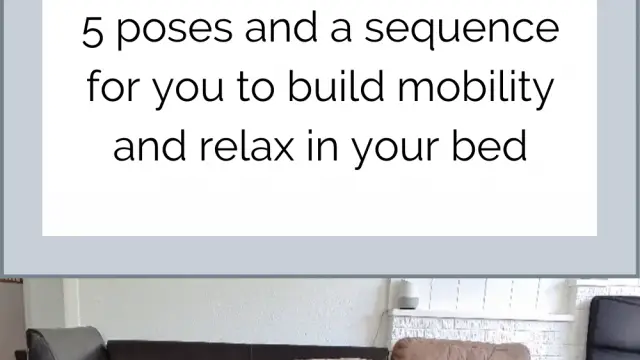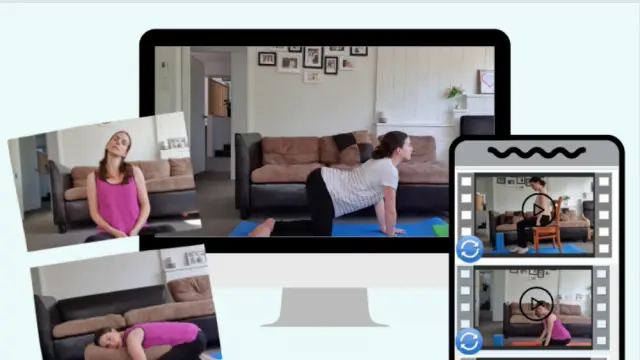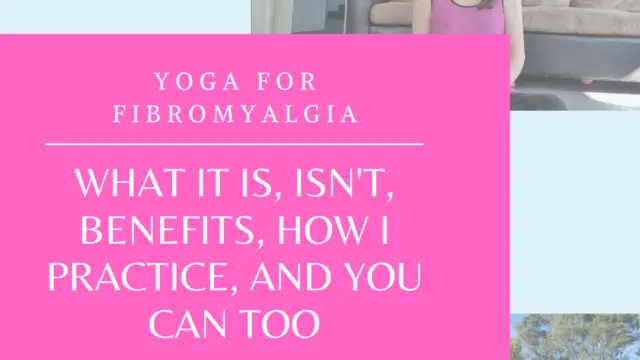Seated Pidgeon pose is a great way to gently stretch the large muscles of our upper legs and around our…
Tag: yoga for chronic pain
5 Best Bed Yoga Poses You Need for Fibromyalgia
These are my best five bed yoga poses for fibromyalgia and they will help you to gently build mobility and…
Can I do Yoga while Pregnant with Chronic Pain? Pregnancy Friendly Yoga for Fibromyalgia
Is there such a thing as pregnancy friendly yoga for fibromyalgia? Yes, my friends, I have ensured there is! Below…
The 10 Minute Yoga for Fibromyalgia Challenge
I am so happy to be able to offer you the free 10 Minute Yoga for Fibromyalgia Challenge. This is…
Can yoga cure chronic pain? The myths and truths about yoga for fibromyalgia
Can yoga cure chronic pain? This is a myth that often keeps people with chronic pain from trying yoga. And…
The Little Known Yoga Tool You NEED: Yoga Nidra for Fibromyalgia
Yoga Nidra for fibromyalgia, pain, fatigue and insomnia is my jam. If you were starting to think that you need…
Legs on a Cushion for Fibromyalgia
Legs on a cushion for fibromyalgia is my simplest, quickest way to get some restorative yoga in and it can…
Supported Child’s Pose for Fibromyalgia
If you have been around for a while, you may have noticed that I have a thing for supported child’s…
Seated Breath-Focused Yoga for Fibromyalgia Class
Would you like to try a gentle, seated, breath-focused class that is designed especially for people with fibromyalgia? I have…
Yoga for Chronic Pain and Fatigue: What it is, isn’t, how I use it and you can too
Yoga for chronic pain and fatigue, it seems to be recommended a lot. It can be a really excellent addition…


